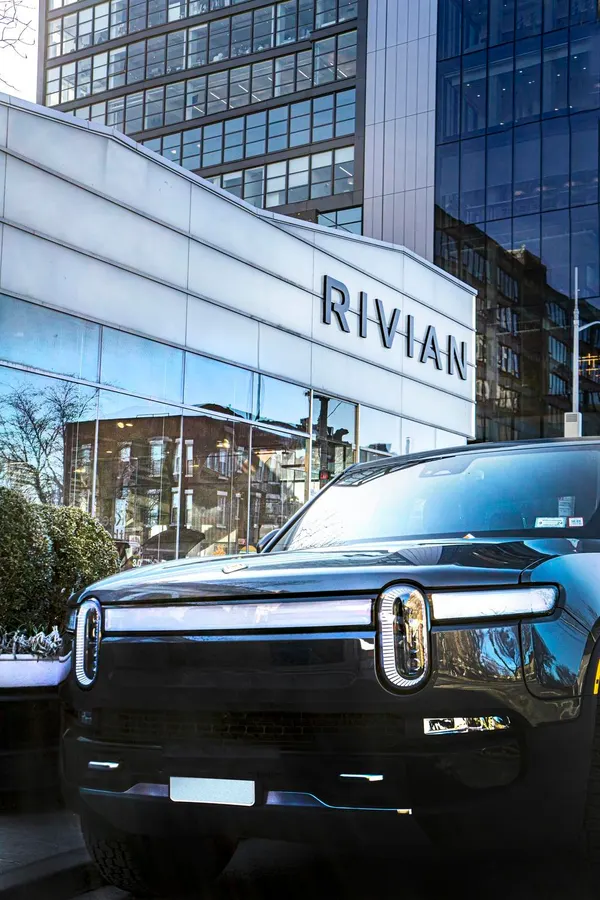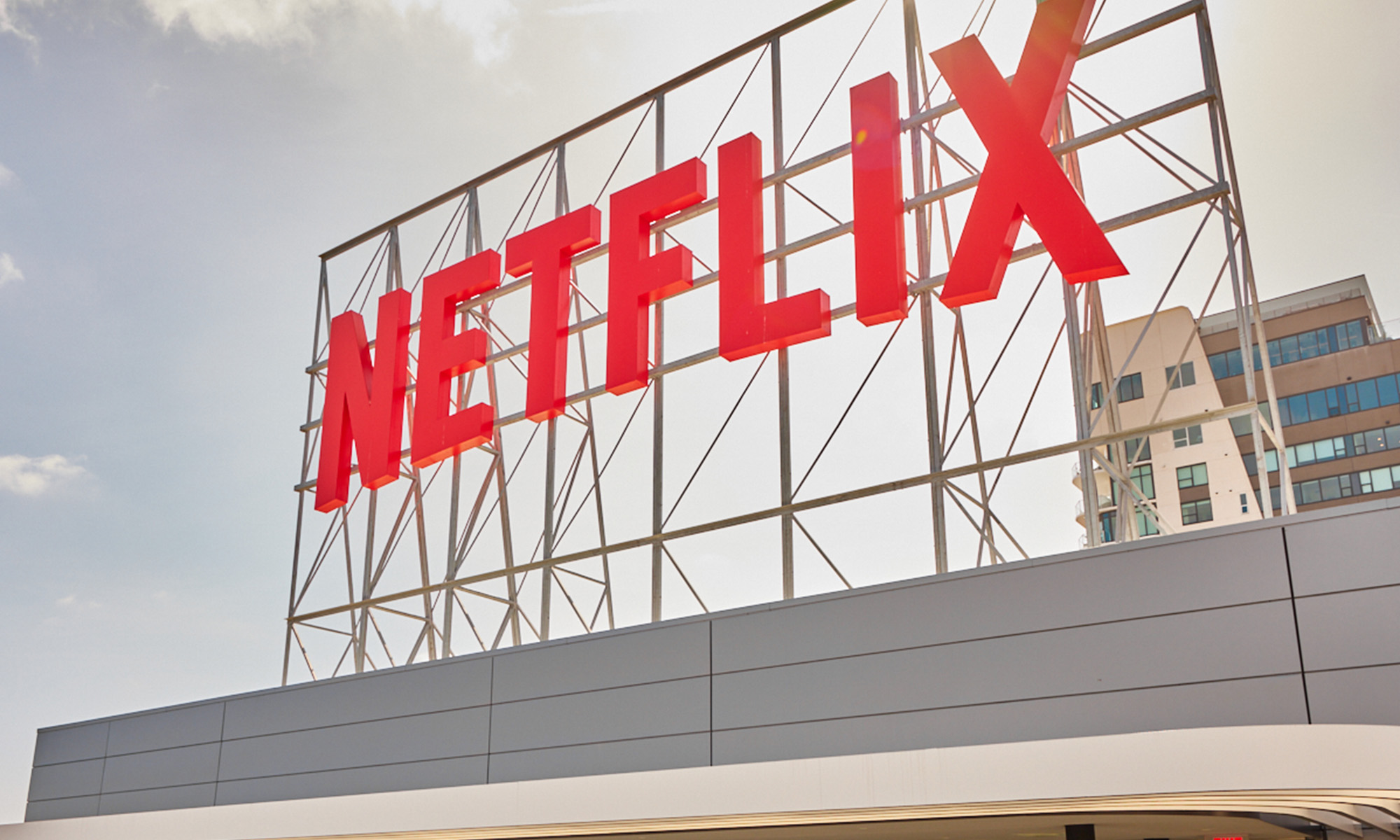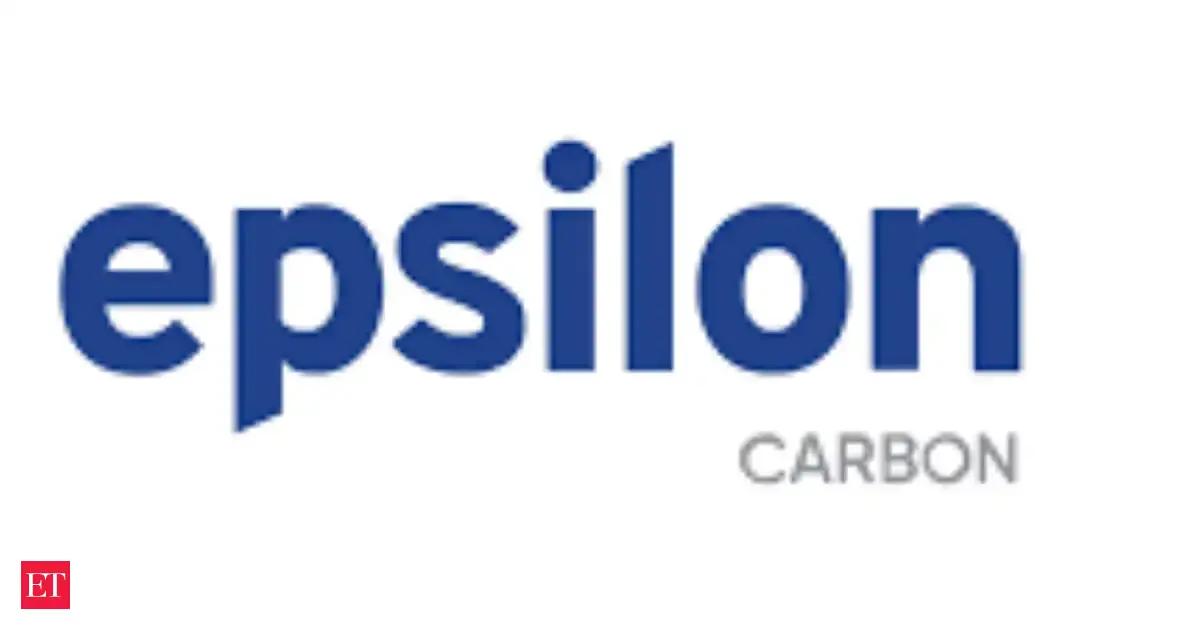Copyright Forbes

The CEOs of Tesla and Rivian last week received big pay packages last week – which only pay off if the companies’ stock market values soar. Sadly for Elon Musk, RJ Scaringe and their shareholders, the odds of them getting the money are slim. Here are three reasons investors should avoid shares in Tesla and Rivian: The companies are currently struggling. The targets on which the pay packages depend are likely unrealistic. The most likely of three scenarios is for the CEOs to miss those targets. Tesla is optimistic about the company’s future. Musk claimed Optimus robots “will eliminate poverty,” CEO Elon Musk said at a November 5 shareholder meeting, reported CNBC. Musk added the Optimus robots will “give everyone amazing medical care,” will be “bigger than cell phones, bigger than anything,” and could be used for “containment of future crime” by following criminals around and stopping them from “doing crime,” CNBC wrote. Rivian emphasized the tight link between Scaringe’s pay and shareholder value. “This new award is designed to retain and incentivize RJ to execute on the Company’s critical next phase as it progresses its technology roadmap and launches R2,” Rivian said in a statement to TechCrunch. The performance grant to Scaringe is “structured in such a way that ensures the options only vest should the company deliver significant value to our shareholders,” Rivian’s statement added. Based on their respective short-interest levels, the market appears more skeptical of Rivian’s upside than Tesla’s. But my guess is both companies face lottery-level odds of achieving the goals needed to award these CEOS their share blocks. MORE FOR YOU Tesla And Rivian CEO Pay Packages Musk Pay Package: $1 Trillion By 2035 If Targets Are Met Musk – whose net worth of $482.2 billion is the world’s largest, according to Forbes – will receive no cash salary and 12 tranches of stock options based on achieving specific market capitalization targets and operational milestones through 2035, noted CNBC. To receive his $1 trillion worth of options, Musk will need to increase Tesla’s stock market capitalization 534% from $1.34 trillion on November 7 to $8.5 trillion by 2035, reported CNBC. Here are the market capitalization goals and the stock tranches he will receive if he meets them and one of a dozen operational milestones: Market capitalization of $2 trillion (first tranche – each worth 35.3 million shares, according to the Wall Street Journal). Market capitalization rising to $6.5 trillion (next nine tranches received after market capitalization rises in $500 billion increments). Market capitalization reaches $8.5 trillion (Final two tranches received at $1 trillion increments). The operational milestones relate to product sales, profit, and cash flow. Musk would receive four more blocks of shares by achieving four sales targets for existing and new products. Specifically, for existing products, Tesla would need to sell 20 million vehicles – 1.5 times the number sold to date and ink 10 million Full Self-Driving subscriptions. Musk would earn two more tranches by deploying a million robotaxis in commercial operation and delivering a million Optimus robots, according to the Journal. Eight more operational milestones are tied to a measure of adjusted profit based on Tesla’s earnings before interest, taxes, depreciation and amortization. To receive the first block of shares, Tesla would need to reach $50 billion in trailing 12-month adjusted EBITDA – 213% above 2024’s $16 billion. To unlock the full award, Must would ultimately need to sustain “$400 billion a year,” noted the Journal. Finally, Tesla must reach and maintain stock price thresholds and Musk needs to remain a Tesla executive for at least 7.5 years to collect. Scaringe Pay Package: $4.6 Billion By 2035 If Targets Are Met Scaringe’s challenge is similarly daunting and nowhere near as rewarding. In a nutshell, to get his billions, he must boost Rivian’s stock price a whopping 800% from about $15 to $140 a share while achieving undisclosed operating income and cash flow targets, noted TechCrunch. More specifically, after it hits $40 a share, he will receive two million shares for every $10 a share he adds to the stock price up to $140. Within 10 years he would only get the 11 tranches – a total of 22 million shares – if Rivian stock retains its price level for 120 consecutive trading days, reported TechCrunch. He could earn another 14.5 million shares by December 31, 2032 if he achieves annual targets for adjusted operating income and cash flow from operations. While undisclosed, achieving the first milestone would unlock 1.25 million shares and he would receive three million shares for meeting each of the later targets, wrote TechCrunch. Tesla And Rivian Struggling Financial Performance Tesla and Rivian have both reported weak financial results in the face of significant electric vehicle industry headwinds. These challenges include the loss of a tax credit supporting EV sales, more EV and hybrid vehicle competition from around the world, tariffs on auto parts imports, and the toxicity of Tesla’s brand in the wake of his role leading DOGE, noted Inc. Tesla’s Mixed Q3 And Lack of 2025 Guidance In the third quarter of 2025, Tesla issued a mixed report. The company’s revenue of $28,1 billion exceeded the London Stock Exchange Group estimate by $1.7 billion, reported Reuters. However, the company’s shares fell 4% after the October 23 report as per share profit of 50 cents fell five cents short of estimates, operating expenses increased 50% and revenue from regulatory credits dropped 44%. On top of that, Tesla – whose CFO Vaibhav Taneja estimates the company is paying $400 million a quarter on tariffs – did not provide a 2025 forecast, according to Reuters. Rivian’s Faster Q3 Growth, Big Losses, And Muted Guidance Rivian appears to be enjoying faster growth while losing money. In the third quarter, revenue increased 78% to $1.56 billion – about $60 million more than expected, reported CNBC. The company’s net loss increased slightly to $1.1 billion while the EV-maker’s balance sheet sported $7.1 billion in cash. Meanwhile, Rivian maintained its previously lowered 2025 guidance. The company expects to lose an adjusted $2.2 billion for the year, to make capital expenditures of $1.85 billion, and to deliver 42,500 vehicles – all figures are the midpoint of ranges, noted CNBC. "While we face near-term uncertainty from trade, tariffs, and regulatory policy, we remain focused on long-term growth and value creation,” Scaringe said in a November 4 shareholder letter. Why Pay Targets Are Likely Unrealistic There are three possible scenarios: Musk and Scaringe will either miss, meet, or exceed these mind-boggling stock price and operational targets. Here is why I estimate they are most likely to miss their targets – with a probability of 40% to 50%. Why Tesla May Miss Its Targets Tesla is unlikely to meet the targets because its core business is struggling, analysts view these goals as unrealistic, and previous failure to meet targets gives reason for doubt about Tesla’s ability to meet robotaxi and robot sales targets. How so? Tesla’s EV business suffered a 13% decline in early 2025. If Musk fails to meet targets, the board warned he might leave Tesla to focus on his other ventures like SpaceX and xAI -- creating severe “key person risk,” noted CNN. Analysts are skeptical Tesla can reach an $8.5 trillion stock market capitalization. "Is Elon Musk an extraordinary individual? Yes, he is," Cornell University’s Director of the Institute For Compensation Studies, Brian Dunn told Reuters. "Does the stock price reflect a reasonable multiple of earnings? No. The value of Tesla’s stock is clearly tied to a belief that something extraordinary will happen in the future... Is it worth $1 trillion of shareholders’ money to hope that that will actually occur? I think not," Dunn added. The robotaxi and robotics targets appear particularly challenging. Musk keeps missing his autonomous vehicle promises. For instance, in 2019 he claimed Tesla would have "more than one million robotaxis on the road" by 2020, reported Bloomberg. In fact, only a small pilot fleet now operates in Austin. Meanwhile, regulatory investigations into Tesla’s FSD capabilities following accidents raise additional concerns. Rivian’s Execution Risks Rivian has reduced its workforce by 4.5%, faces reduced EV demand due to the elimination of tax incentives, and keeps burning through cash despite strong revenue. Missing targets could signal fundamental business challenges that damage shareholder value regardless of the dilution avoided by all the shares Scaringe would receive if he meets the targets. I estimate a 15% chance Tesla and Rivian will meet the targets needed to give shareholders a gigantic return of . Many investors are betting the reverse is more likely. How so? At the moment, Rivian’s short interest is a whopping 21%, according to the Journal. To be fair, Tesla’s short interest is a mere 2.6%. Ironically, high short interest could help propel Rivian’s stock if the company can beat expectations. That’s because a rise in the stock would pressure short sellers to buy the stock to close out their positions. With its lower short-interest, Tesla stock will lack that extra push if the company beats the high hurdles in Musk’s pay package.



